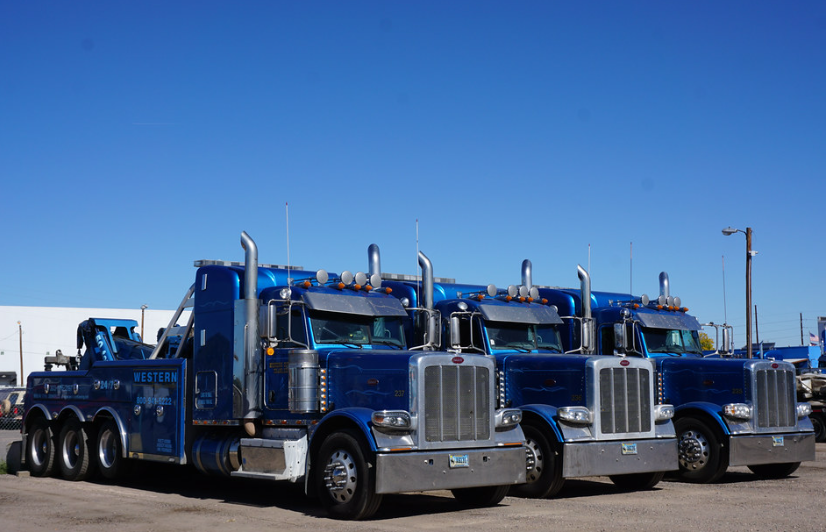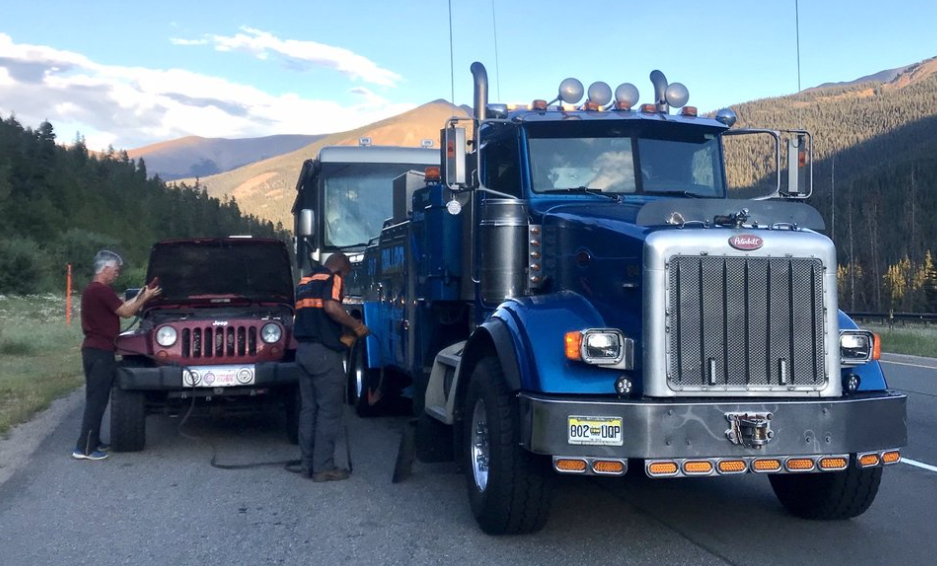Winter is a tough time for trucks and cars towing drivers. When snow falls and temperatures drop, these heroes face dangers that make their job even harder. From icy roads to reduced visibility, winter brings many challenges.
Let’s look at the different dangers tow truck drivers encounter in winter and how they handle these tough conditions.
Slippery Roads and Icy Surfaces
When winter arrives, roads can become very slippery. Snow and ice make the surface of the road smooth and hard to grip. For tow truck drivers, this means their trucks have a hard time staying on the road. Imagine trying to walk on a frozen pond—it’s tricky! Now, add a heavy truck and a large vehicle that needs towing to the mix. This makes controlling the truck even harder. Drivers must be careful, drive slowly, and keep a safe distance from other vehicles to avoid accidents.
Reduced Visibility
Winter weather often brings fog, snow, and sleet. These conditions can make it hard to see far ahead. For tow truck drivers, this means they might not be able to see other vehicles, road signs, or hazards on the road. It’s like trying to look through a foggy window—everything is blurry. To stay safe, tow truck drivers need to use their lights and keep their mirrors and windows clear. Even with these precautions, driving in poor visibility requires extra care and attention.
Vehicle Breakdown Risks
Cold weather can make vehicles work harder and lead to problems. Tow trucks are no exception. When temperatures drop, engines can struggle to start, batteries may not hold a charge, and tires can lose pressure. It’s similar to how your bike might not work as well in the freezing cold. Tow truck drivers need to keep their trucks well-maintained, but sometimes problems can still happen. They might face mechanical issues while on the job, which can be tricky to handle, especially in bad weather.
Risk of Accidents
Icy roads, poor visibility, and the challenges of towing large loads make accidents more likely in winter. Tow truck drivers often work in high-stress situations. They might need to maneuver their trucks in tight spots or on slippery roads. Every move has to be carefully planned. The risk of accidents increases not only for the tow truck itself but also for the vehicles being towed and others on the road.
Handling Load Shift and Transfer
When towing oversized loads in winter, there are additional risks. One big concern is managing the load shift and transfer. This means keeping the load stable and making sure it doesn’t move around. Ice and snow can make the load uneven, which can be dangerous. It’s like trying to carry a big box on a wobbly cart—everything needs to be secure. Tow truck drivers must be skilled at making sure the load is properly secured and stable throughout the trip.
Understanding these dangers can help us appreciate the important work towing and recovery services do, especially during the winter season.
Call us to know more about our services!


About the author